In this article, you will explore the essential factors to keep in mind when considering HVAC systems in extreme climates. Whether you’re facing scorching temperatures or freezing cold, Diamond Air Design is here to provide expertise in HVAC repair. With their knowledge and experience in Pensacola, FL and the surrounding areas, they can assist you in finding the perfect solution for your specific climate needs. So, get ready to discover the key considerations for HVAC systems in different climates and ensure optimal comfort and efficiency in your home or business.
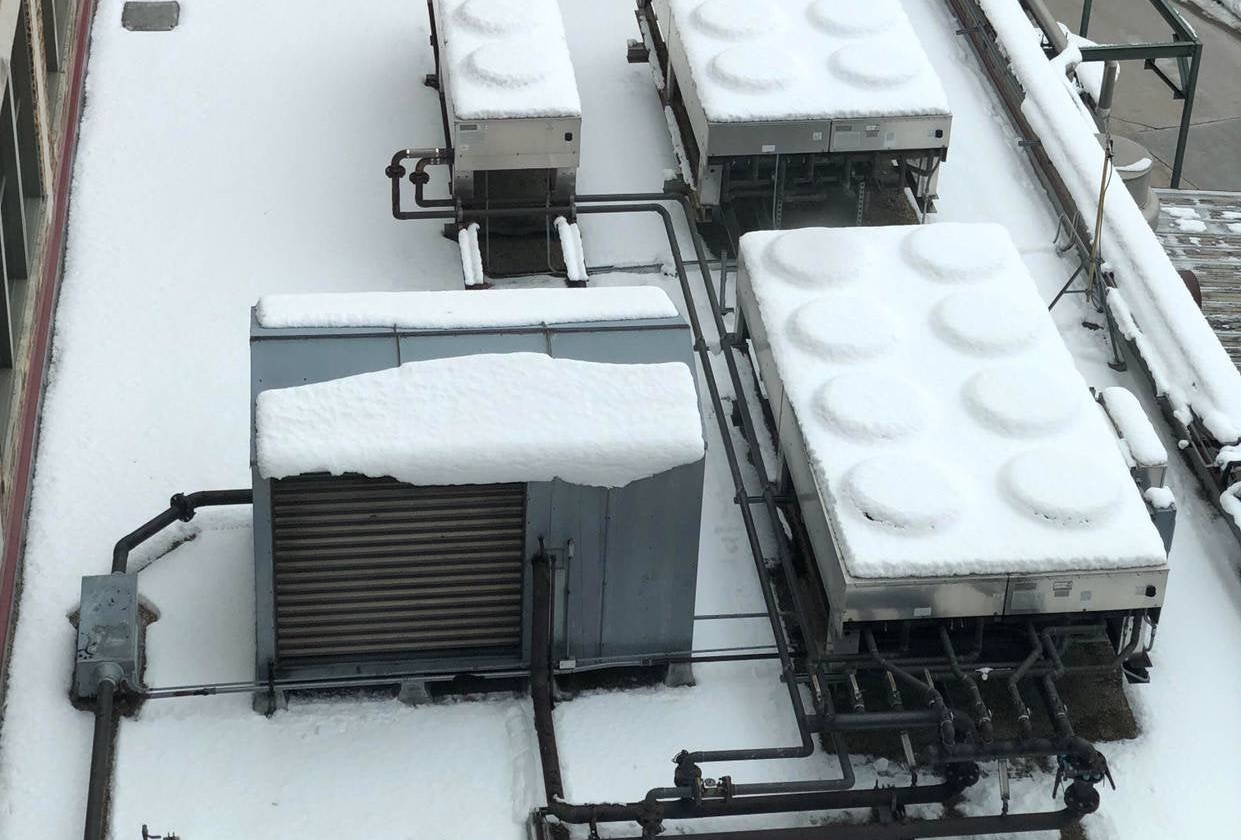
This image is property of www.imegcorp.com.
HVAC System Sizing
Importance of proper HVAC system sizing
When it comes to HVAC system sizing, getting it right is crucial. A properly sized HVAC system is essential for maintaining optimal comfort in extreme climates. If the system is too small, it will struggle to keep up with the demand and may constantly run, leading to increased energy consumption and premature system failure. Conversely, an oversized system will cycle on and off frequently, resulting in inefficient operation and reduced longevity.
Calculating load requirements
To determine the appropriate HVAC system size for a specific building, load requirements must be calculated. This involves considering factors such as the size and layout of the space, the number of occupants, the amount of insulation, and the climate conditions.
Heat gain and heat loss calculations play a significant role in determining the load requirements. Heat gain occurs through the building envelope, primarily from sunlight, while heat loss happens due to temperature differences between the inside and outside of the building. By accurately calculating these factors, HVAC professionals can determine the appropriate size of the system needed to maintain optimal temperature and comfort.
Factors to consider in extreme climates
Extreme climates present unique challenges when it comes to HVAC system sizing. In regions with extremely hot or cold temperatures, the load requirements will be higher compared to more moderate climates. Additionally, factors such as high humidity levels or drastic temperature fluctuations need to be taken into account.
It is important to consider insulation levels and factors such as air infiltration in extreme climates. Proper Insulation and air sealing, which will be discussed further in the next section, play a crucial role in minimizing heat gain or loss, thereby reducing the load requirements for the HVAC system.
Insulation and Air Sealing
The role of insulation and air sealing in extreme climates
Insulation and air sealing are vital components in creating an energy-efficient and comfortable indoor environment in extreme climates. Insulation helps to reduce heat transfer through the building envelope, keeping the desired temperature inside and preventing the outside climate from affecting the indoor comfort. Air sealing, on the other hand, minimizes air leakage, which can lead to heat loss or gain and contribute to increased energy consumption.
Types of insulation materials
There are various insulation materials available, each with its own advantages and suitable applications. Fiberglass batts, cellulose, and spray foam insulation are commonly used options. Fiberglass batts are cost-effective and easy to install, while cellulose provides excellent thermal performance. Spray foam insulation offers superior air sealing properties and can be applied in hard-to-reach areas.
The choice of insulation material will depend on factors such as the budget, specific insulation needs, and the construction of the building.
How to ensure proper insulation and air sealing
To ensure proper insulation and air sealing, it is essential to consult with an HVAC professional with expertise in dealing with extreme climates. They will assess the building’s insulation needs, identify areas of air leakage, and recommend the most suitable insulation materials and techniques.
Proper installation is critical for the effectiveness of insulation. Improperly installed insulation can lead to gaps and voids, reducing its efficiency. It is important to rely on experienced contractors who have a proven track record in insulation installation.
Regular inspections and maintenance should also be conducted to ensure the integrity of the insulation and air sealing, especially in extreme climates where the demands on the HVAC system are greater.
Energy Efficiency
Importance of energy-efficient HVAC systems
Energy efficiency is of utmost importance, particularly in extreme climates where HVAC systems are often heavily utilized. Energy-efficient HVAC systems not only help to reduce monthly utility bills but also minimize environmental impact by lowering greenhouse gas emissions.
With advancements in technology, energy-efficient HVAC systems offer improved performance and enhanced comfort levels. They are designed to operate optimally with lower energy consumption, providing significant cost savings over time.
SEER and EER ratings
SEER (Seasonal Energy Efficiency Ratio) and EER (Energy Efficiency Ratio) ratings are essential metrics used to evaluate the energy efficiency of HVAC systems. SEER measures the cooling efficiency of air conditioners and heat pumps, while EER focuses on cooling efficiency only.
The higher the SEER or EER rating, the more energy-efficient the system. When selecting an HVAC system for extreme climates, look for models with higher SEER and EER ratings to ensure optimal energy efficiency and cost savings.
Choosing high-efficiency equipment
When choosing HVAC equipment for extreme climates, it is essential to consider high-efficiency options. High-efficiency air conditioners, heat pumps, furnaces, and boilers are designed to handle the demands of extreme temperatures while consuming less energy.
Look for equipment with ENERGY STAR® certification. These devices meet strict energy efficiency guidelines set by the U.S. Environmental Protection Agency, ensuring superior performance and lower energy consumption.
Investing in high-efficiency equipment may require a larger upfront cost, but the long-term savings in energy bills and reduced environmental impact make it a worthwhile investment.
Air Filtration
The importance of air filtration in extreme climates
In extreme climates, air quality can be greatly affected by factors such as high levels of allergens, pollutants, and airborne particles. Proper air filtration plays a crucial role in maintaining a healthy indoor environment by removing contaminants and improving overall air quality.
Different types of air filters
There are various types of air filters available, each designed to target specific contaminants. The most common types include fiberglass filters, pleated filters, electrostatic filters, and HEPA (High-Efficiency Particulate Air) filters.
Fiberglass filters are the least expensive option but offer minimal filtration capabilities. Pleated filters provide better filtration and are more effective at capturing dust and allergens. Electrostatic filters use an electric charge to attract and capture particles, while HEPA filters offer the highest level of filtration, capable of trapping even the smallest particles.
The choice of air filter will depend on the specific air quality concerns, budget, and HVAC system requirements.
Considerations for allergens and pollutants
In extreme climates, allergens and pollutants can be prevalent, causing discomfort and health issues. When selecting air filters, it is important to consider the specific allergens and pollutants present in the environment.
For example, if pollen allergies are a concern, choosing an air filter with a higher MERV (Minimum Efficiency Reporting Value) rating can help capture pollen particles effectively. Similarly, activated carbon filters can help reduce odors and trap volatile organic compounds (VOCs) found in some environments.
Regular filter maintenance and replacement are essential for optimal air filtration and system performance. Consult an HVAC professional to determine the ideal filter replacement schedule and to address any specific concerns regarding allergens and pollutants.
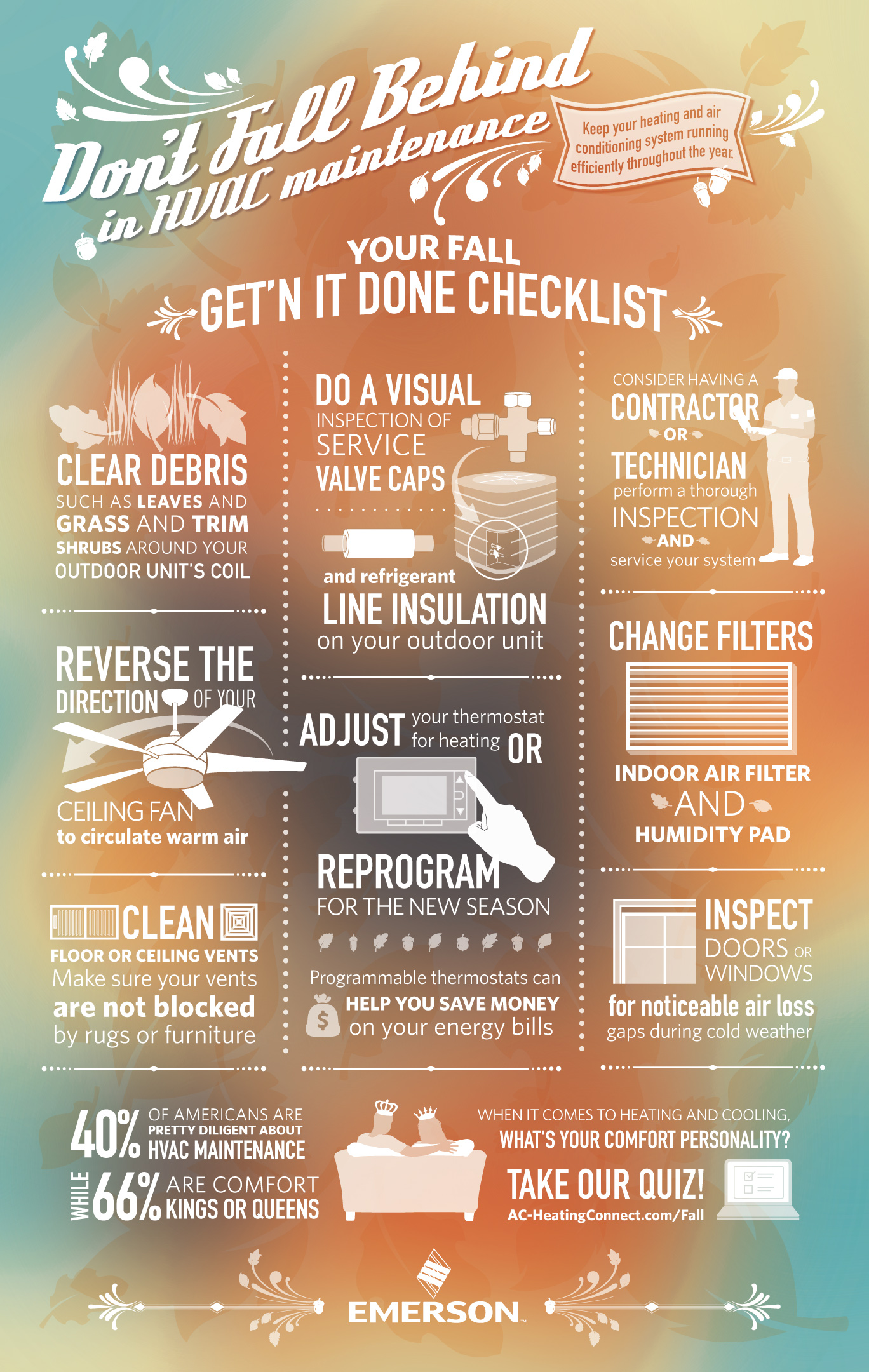
This image is property of www.ac-heatingconnect.com.
Humidity Control
Importance of humidity control in extreme climates
Proper humidity control is essential in extreme climates to maintain a comfortable indoor environment and protect the integrity of the building and its contents. High humidity levels can lead to issues such as mold growth, musty odors, and degradation of building materials. On the other hand, low humidity can cause discomfort, dry skin, and respiratory problems.
Effects of high and low humidity on HVAC systems
In extreme climates, HVAC systems often need to work harder to maintain the desired humidity levels. High humidity can put a strain on air conditioners, while low humidity can affect the heating system’s efficiency.
To combat high humidity levels, HVAC systems may incorporate dehumidification features. This helps remove excess moisture from the air, reducing the workload on the air conditioner.
In extremely dry climates, humidification may be necessary to add moisture to the air. Humidifiers can be integrated into the HVAC system to maintain optimal humidity levels during the heating season.
Options for humidification and dehumidification
Humidification and dehumidification can be achieved through various means. Whole-house humidifiers and dehumidifiers are installed directly into the HVAC system, providing consistent humidity control throughout the entire home or building.
There are also standalone units available that can be used for individual rooms or smaller spaces. These units are portable and offer flexibility in controlling humidity levels in specific areas.
It is important to consult with an HVAC professional to assess the specific humidity control needs in extreme climates and determine the most suitable options for achieving optimal comfort and indoor air quality.
Ductwork Design
The impact of ductwork design on HVAC performance
Ductwork design plays a crucial role in the overall performance of an HVAC system, especially in extreme climates. Properly designed and installed ductwork ensures efficient airflow, minimizes energy loss, and maximizes comfort.
In extreme temperatures, the ductwork must be able to handle the increased demands and maintain an even distribution of conditioned air. Any inefficiencies in the ductwork system can result in reduced airflow, decreased system performance, and increased energy consumption.
Insulated ducts for extreme temperatures
In extreme climates, it is vital to use insulated ducts to prevent heat transfer and minimize energy loss. Insulated ducts help maintain the temperature of the conditioned air as it travels from the HVAC system to the desired spaces.
Duct insulation can be achieved using various materials, such as fiberglass, foam boards, or reflective insulation. The choice of insulation material will depend on factors such as climate, budget, and specific system requirements.
Proper installation of insulated ducts is essential to ensure optimal performance. Insulated ducts should be sealed properly to prevent leaks and ensure efficient airflow throughout the ductwork system.
Proper duct sealing and insulation
In addition to using insulated ducts, proper sealing and insulation of the entire ductwork system are necessary to maintain efficiency in extreme climates. Leaky ducts can result in conditioned air being lost to unconditioned spaces, leading to energy waste and decreased comfort.
Duct sealing involves identifying and sealing any leaks or gaps in the ductwork. This can be done using specialized tapes, mastic sealants, or aerosol sealants, depending on the type of ductwork material.
Insulation should be applied to the exterior of the ductwork to prevent heat transfer. This helps keep the conditioned air at the desired temperature and minimizes energy loss. Insulation should be selected based on the specific needs of the climate and the HVAC system.
Consulting with an HVAC professional experienced in ductwork design and installation is recommended to ensure optimal performance and efficiency in extreme climates.
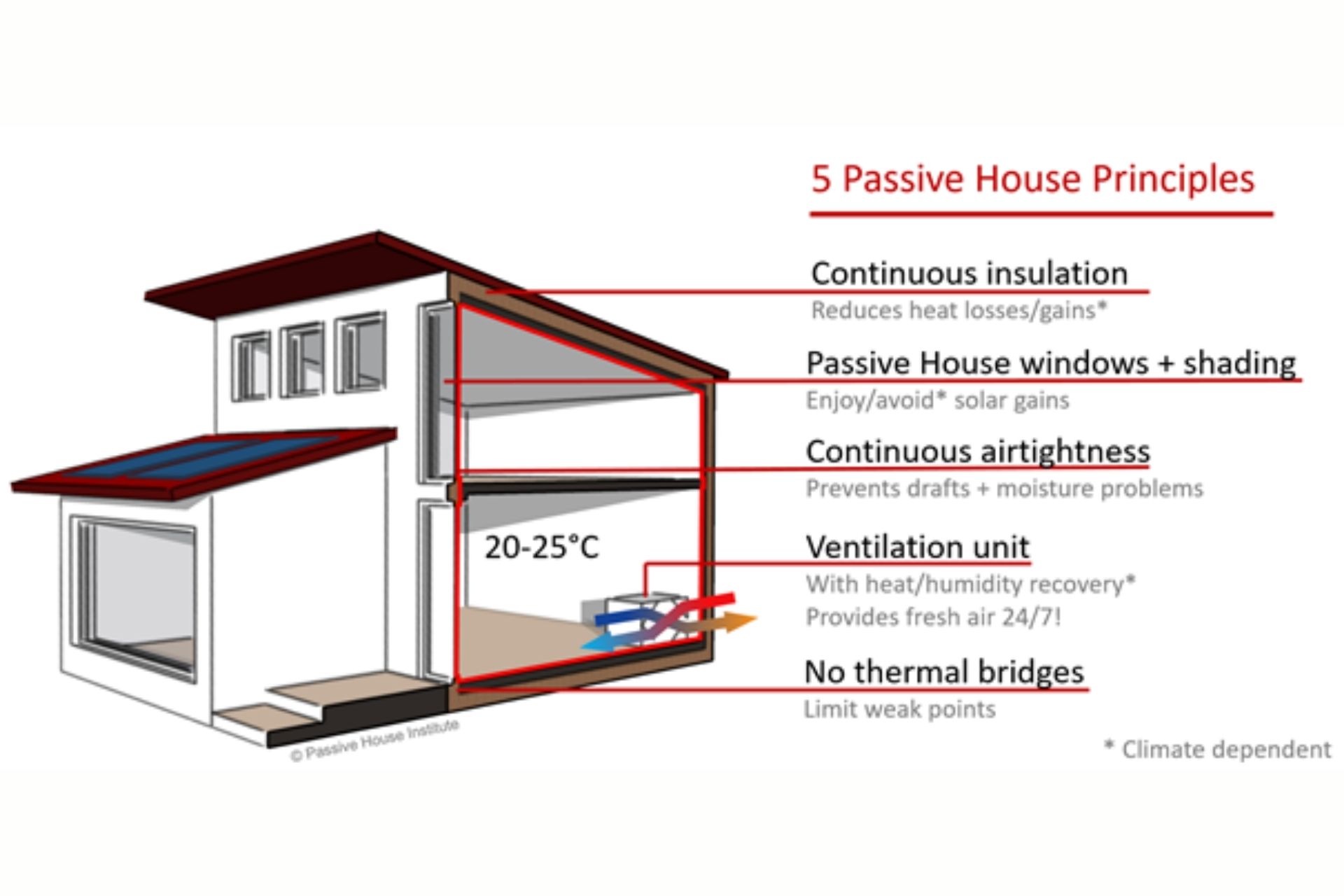
This image is property of nzeb.in.
Heating Options
Types of heating systems for extreme climates
In extreme cold climates, reliable and efficient heating systems are essential to maintain a comfortable indoor environment. Various heating options are available, each with its own advantages and suitability for specific climates.
Furnaces are the most common heating systems in residential and commercial buildings. They work by burning fuel, such as natural gas, oil, or propane, and distributing the heat through ductwork.
Heat pumps are another popular option for moderate to mild cold climates. They use electricity to transfer heat from the outdoor air or ground, providing efficient heating even when temperatures drop. Heat pumps can also provide cooling during the summer months.
Boilers are commonly used in colder climates where radiant heating systems are preferred. They heat water that is circulated through pipes or radiators, providing consistent and comfortable warmth.
Considerations for fuel availability
When considering heating options for extreme climates, it is important to assess the availability and cost of different fuel sources. Natural gas is a common and cost-effective fuel, but it may not be readily available in all areas. Oil and propane are suitable alternatives but may have higher operating costs.
In areas where electricity is abundant and affordable, heat pumps can be an excellent heating option. They offer energy-efficient heating and cooling capabilities, making them a versatile choice for extreme climates.
Consider consulting with an HVAC professional to assess the specific heating needs and available fuel sources in your region before making a decision.
Efficiency ratings and energy sources
When selecting a heating system for extreme climates, considering the efficiency ratings is crucial. Look for units with high Annual Fuel Utilization Efficiency (AFUE) ratings for furnaces or high Heating Seasonal Performance Factor (HSPF) ratings for heat pumps. These ratings indicate the efficiency with which the system converts fuel or electricity into heat.
In extreme climates, it may also be beneficial to explore alternative energy sources. Renewable energy options such as geothermal heating or solar heating can provide sustainable and efficient heating solutions. However, these options require careful assessment of the site conditions and upfront investment.
An HVAC professional can provide valuable guidance on selecting the most suitable heating system based on efficiency ratings, available energy sources, and specific climate requirements.
Cooling Options
Types of cooling systems for extreme climates
In extreme hot climates, reliable and effective cooling systems are essential to maintain indoor comfort. Various cooling options are available, each with its own strengths and suitability for specific climates.
Air conditioners are the most common cooling systems found in residential and commercial buildings. They work by removing heat from the air and circulating cool air through ductwork or individual units.
Evaporative coolers, also known as swamp coolers, are popular in dry and arid climates. They work by using water evaporation to cool the air, adding humidity to the indoor environment. Evaporative coolers are energy-efficient and provide effective cooling in regions with low humidity.
Ductless mini-split systems offer zoned cooling by using individual indoor units connected to an outdoor compressor. They are flexible, efficient, and ideal for spaces where ductwork installation is not feasible or desired.
Considerations for high temperatures
When choosing a cooling system for extreme hot climates, it is important to consider the system’s capacity to handle the high temperatures. Some traditional air conditioners may struggle to cool efficiently in extreme heat, leading to increased energy consumption and decreased performance.
It is advisable to select cooling systems specifically designed for extreme climates. High-efficiency air conditioners with variable speed compressors or advanced cooling technologies can help maintain consistent comfort even in scorching temperatures.
Supplemental cooling options, such as portable air conditioners or fans, can also be considered for specific areas or during heatwaves to provide additional cooling when needed.
An HVAC professional can assess the specific cooling needs and extreme temperature conditions in your area to recommend the most suitable cooling options.
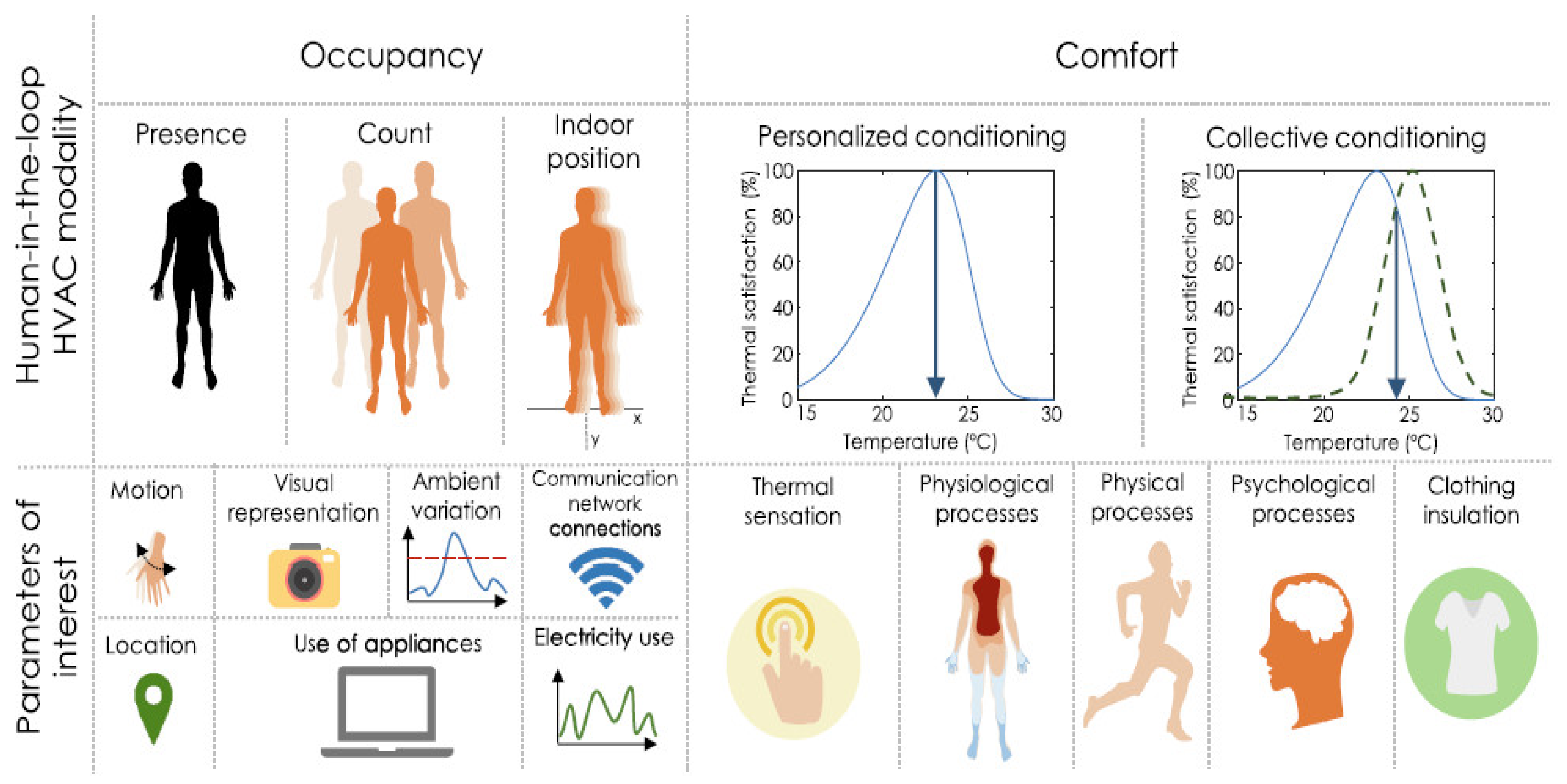
This image is property of www.mdpi.com.
Maintenance and Service
Regular maintenance to ensure optimal performance
Regular maintenance is essential to ensure optimal performance and longevity of HVAC systems, especially in extreme climates. Routine inspections and tune-ups can identify potential issues before they become significant problems, preventing costly repairs and system failures.
Regular maintenance includes tasks such as replacing air filters, cleaning coils, checking refrigerant levels, inspecting electrical components, and lubricating moving parts. These tasks help to maintain efficient system operation and improve indoor air quality.
Preventive measures for extreme climate conditions
In extreme climates, additional preventive measures may be necessary to protect the HVAC system from the harsh conditions. For example, in extremely hot climates, shading the outdoor unit or using reflective coatings can help minimize heat absorption and reduce the workload on the system.
Regularly clearing debris such as leaves, dirt, or snow from the outdoor unit is important to maintain proper airflow and prevent damage.
It is advisable to consult with an HVAC professional to develop a comprehensive maintenance plan tailored to the specific needs of your HVAC system and the extreme climate conditions it faces.
Finding a reliable HVAC service provider
To ensure the highest level of service and expertise, it is important to find a reliable HVAC service provider in your area. Look for companies with a proven track record, positive customer reviews, and experienced technicians.
A reliable HVAC service provider should offer comprehensive maintenance plans, emergency repair services, and quick response times for any system issues. They should also have expertise in dealing with extreme climates and be familiar with the specific challenges associated with those environments.
Consulting with a reputable HVAC service provider is crucial to ensure your system operates at its best, even in the harshest climate conditions.
Cost Considerations
Budgeting for HVAC systems in extreme climates
Budgeting for HVAC systems in extreme climates requires careful consideration of initial costs, ongoing operating costs, and potential long-term savings. While investing in high-quality equipment and materials may come with a higher upfront cost, it can lead to significant cost savings over time.
When budgeting for HVAC systems in extreme climates, it is important to assess the specific heating and cooling needs, consider fuel or energy costs, and factor in potential energy savings from high-efficiency systems.
Long-term cost savings with energy-efficient options
Energy-efficient HVAC systems may have higher initial costs but can result in significant long-term savings. Lower energy consumption can lead to reduced utility bills, helping to offset the initial investment.
Moreover, high-efficiency systems tend to have longer lifespans, reducing the need for premature replacement and maintenance costs. Consider the long-term cost savings and return on investment when selecting HVAC systems for extreme climates.
Return on investment calculations
Calculating the return on investment (ROI) can help determine the financial benefits of investing in energy-efficient HVAC systems. By comparing the initial cost of the system with the estimated energy savings over its lifespan, it is possible to evaluate the payback period and overall financial viability.
Factors such as utility rates, projected energy savings, and the expected lifespan of the system should be considered when assessing the ROI.
Consulting with an HVAC professional who specializes in energy efficiency and cost analysis can provide valuable insights to make informed decisions regarding budgeting and maximizing the return on investment.
In conclusion, HVAC considerations for extreme climates are crucial for maintaining optimal comfort and energy efficiency. Proper HVAC system sizing, insulation and air sealing, energy efficiency, air filtration, humidity control, ductwork design, suitable heating and cooling options, regular maintenance, and cost considerations are all important elements to ensure a comfortable and efficient indoor environment in extreme climates. Consulting with a reputable HVAC service provider is recommended to address the specific needs and challenges associated with extreme climates.
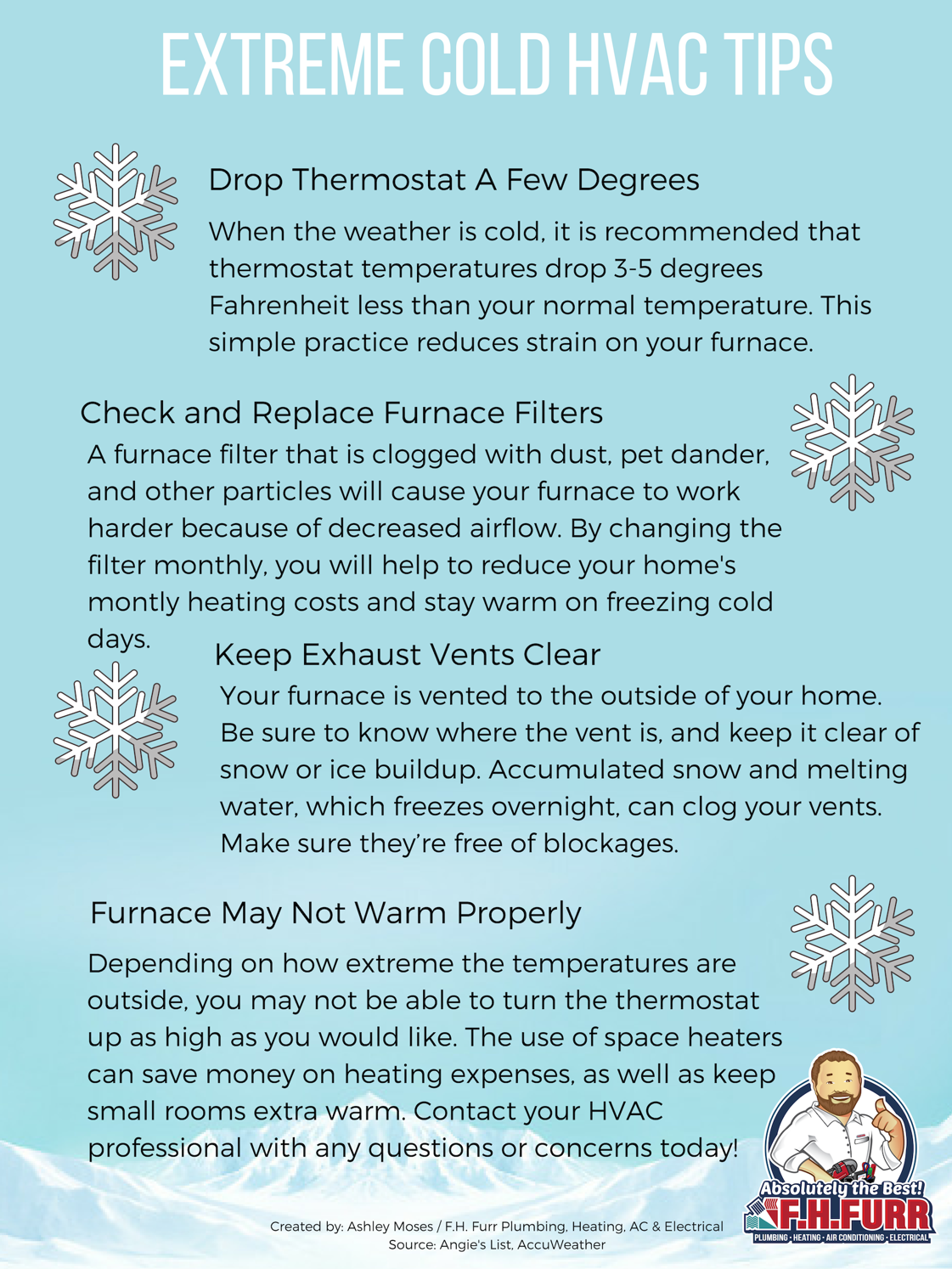
This image is property of www.fhfurr.com.
The post HVAC considerations for extreme climates appeared first on Diamond Air Design.

